 Abraham Lincoln
If given the truth, the people can be depended upon to meet any national crisis...
Abraham Lincoln
If given the truth, the people can be depended upon to meet any national crisis...
 Guildford news...
for Guildford people, brought to you by Guildford reporters - Guildford's own news service
Guildford news...
for Guildford people, brought to you by Guildford reporters - Guildford's own news service
Birdwatcher’s Diary No. 219
Published on: 8 Nov, 2020
Updated on: 9 Nov, 2020
By Malcolm Fincham
Autumn was well and truly upon us in the Surrey Hills as October opened its doors.
Although still mild, the colours in its landscape were now turning to pastel shades of reds, browns and yellows, as the leaves began to fade and fall from Surrey’s arboreal landscape.
Low-pressure systems were lining up in the Atlantic and heading our way.
A few dry days to start the month allowed me a couple of visits on both October 1 and 3 to St Mary’s Churchyard at Perry Hill, Worplesdon.
On both visits, I was able to pick out two firecrests, flitting among the yew trees and holly bushes.
Arriving back from my adventures on the Scilly Isles, shown in my previous report, the weather continued its unsettled theme.
On Whitmoor Common, Worplesdon, on October 15 the silver birch saplings still held on to their leaves – though some now tinged with gold and brown in their hue.
An increased number of meadow pipits could now be seen, once again making the heathland their annual winter home.
The recent influx of wintering lesser redpolls within the Surrey countryside could now also be seen on Whitmoor’s heathland.
A flock of more than 50 flew overhead, settling a while before taking flight once again only to settle in a group of silver birch trees.
A mixed flock, mostly made up of redpolls, perched up on the wires for a while. And linnets could also be heard and sighted from time to time.
I was also able to pick out at least one reed bunting on occasions among the large gathering mixed flock.
Green woodpeckers continued to reside there, feeding in the soft sandy soil. Often adding their “yaffling” sounds while in flight.
A common buzzard flew over heading for its roost site.
Rowan trees, laden with berries, were looking invitingly tempting for the arrival of wintering thrushes.
For the moment, however, it seemed to have seduced several bullfinches to enjoy the spoils.
A family of both male and females were getting early pickings of its fruit.
At nearby Britten’s Pond, a grey heron sat out on one of the small islands.
A carp breached the water on the far side of the pond on several occasions. Eventually allowing me a record shot.
While a kingfisher continued to be glimpsed on most of my visits.
Jays, well known for preparing for the winter, could be seen to be collecting acorns.
Often viewed in flight across the heathland, frequently seen carrying an acorn in their beaks.
Their gullets looking swollen as they transported their quarry – as I recorded eight or more trips to a hideout where they would be regurgitated and hidden for later consumption.
A visit to Effingham Forest gave up more views of common crossbills as well as lesser redpolls.
Siskins could also now be added to the arrival of winter flocks, seen among the redpolls.
Perched nearby, a sparrowhawk watched on, keenly, with piercing eyes.
While above the tree line, a peregrine glided through.
On October 18, with the addition of Bob and Dougal, we decided to follow up on reports of black redstart. Not having seen one yet this year.
It had been sighted in a horse paddock in Rushmoor, from a track leading down towards Frensham Little Pond.
It was still present when we arrived during the early part of the afternoon, although keeping its distance within the private land it was on.
A great spotted woodpecker attempted to hide unsuccessfully behind a fence post as we made our return to the car.
A recent irruption of common crossbills continued to accumulate in number among Surrey’s coniferous woodlands. We stopped off for a short while at Crooksbury Common, near Farnham, on our return home.
While there we discovered a large flock of what appeared to be about 50 common crossbills in total.
At the time of watching, they could be seen perched up in a pine tree, with small groups taking turns to come down to drink from one of the recently dug pools.
Although light quality was once again not at its best, I was reasonably pleased with some of the in-flight photos I took.
On October 25 British Summertime came to an end. Clocks had once again been put back an hour, leaving me little time for birdwatching during my working weeks.
As the month came to a close, relatively mild conditions continued with no overnight frosts as yet. Though with prevailing winds the leaves were, already starting to lose grip of the trees. For me, it made birdwatching a little easier.
Another good autumn for fruit was giving ample choice and easy picking for some of our resident birds to take command (for the moment) of their chosen trees; before those Scandinavian invading thrushes arrive to steal their spoils.
Towards the end of the month, I picked up on several blackbirds constantly feeding on berries. They were in a tree they had made their own, at least for the time being.
A closer look of their beaks showed they were either first winter birds or maybe winter visitors from Scandinavia. Adult male beaks are yellow, while these were black.
The “seeping” sounds of redwings could be now regularly heard as the month came to a close.
October 31, traditionally Hallowe’en, there was in addition – a blue moon.
A blue moon refers to a very rare occasion when a full moon appears for the second time in the same month.
Unfortunately, its name has nothing to do with its colour and the Moon just looked pearly grey. Often shrouded by clouds on this occurrence, giving a traditional eerie appearance.
This year we also had a full moon on October 1. which was that of the Harvest Moon.
Responses to Birdwatcher’s Diary No. 219
Leave a Comment Cancel replyPlease see our comments policy. All comments are moderated and may take time to appear.
Recent Articles
- Guildford Institute’s Crowdfunding Project for Accessible Toilet in its New Community and Wellbeing Centre
- Letter: Guildford – Another Opportunity Missed?
- Letter: GBC’s Corporate Strategy – Where Is the Ambition?
- My Memories of John Mayall at a Ground-breaking Gig in Guildford Nearly Six Decades Ago
- Westborough HMO Plans ‘Losing the Heart of the Street’ Says Resident
- College Invests to Boost Surrey’s Economy and Close Digital Skills Gap
- Community Lottery Brings Big Wins for Local Charities
- GBC Housing Plan Promises ‘A Vibrant Urban Neighbourhood’ Near Town Centre
- Hospital Pillows ‘Shortage’ at the Royal Surrey
- Updated: Caravans Set Up Camp at Ash Manor School


Recent Comments
- Ian Macpherson on Updated: Main Guildford to Godalming Road Closed Until August 1
- Sara Tokunaga on GBC Housing Plan Promises ‘A Vibrant Urban Neighbourhood’ Near Town Centre
- Michael Courtnage on Daily Mail Online Reports Guildford Has Highest-paid Council Officer
- Alan Judge on GBC Housing Plan Promises ‘A Vibrant Urban Neighbourhood’ Near Town Centre
- John Perkins on GBC Housing Plan Promises ‘A Vibrant Urban Neighbourhood’ Near Town Centre
- S Collins on GBC Housing Plan Promises ‘A Vibrant Urban Neighbourhood’ Near Town Centre
Search in Site
Media Gallery
Dragon Interview: Local Artist Leaves Her Mark At One of England’s Most Historic Buildings
January 21, 2023 / No Comment / Read MoreDragon Interview: Lib Dem Planning Chair: ‘Current Policy Doesn’t Work for Local People’
January 19, 2023 / No Comment / Read MoreA3 Tunnel in Guildford ‘Necessary’ for New Homes, Says Guildford’s MP
January 10, 2023 / No Comment / Read More‘Madness’ for London Road Scheme to Go Ahead Against ‘Huge Opposition’, Says SCC Leader
January 6, 2023 / No Comment / Read MoreCouncillor’s Son Starts Campaign for More Consultation on North Street Plan
December 30, 2022 / No Comment / Read MoreCounty Council Climbs Down Over London Road Works – Further ‘Engagement’ Period Announced
December 14, 2022 / No Comment / Read MoreDragon Interview: GBC Reaction to the Government’s Expected Decision to Relax Housing Targets
December 7, 2022 / No Comment / Read MoreHow Can Our Town Centre Businesses Recover? Watch the Shop Front Debate
May 18, 2020 / No Comment / Read More



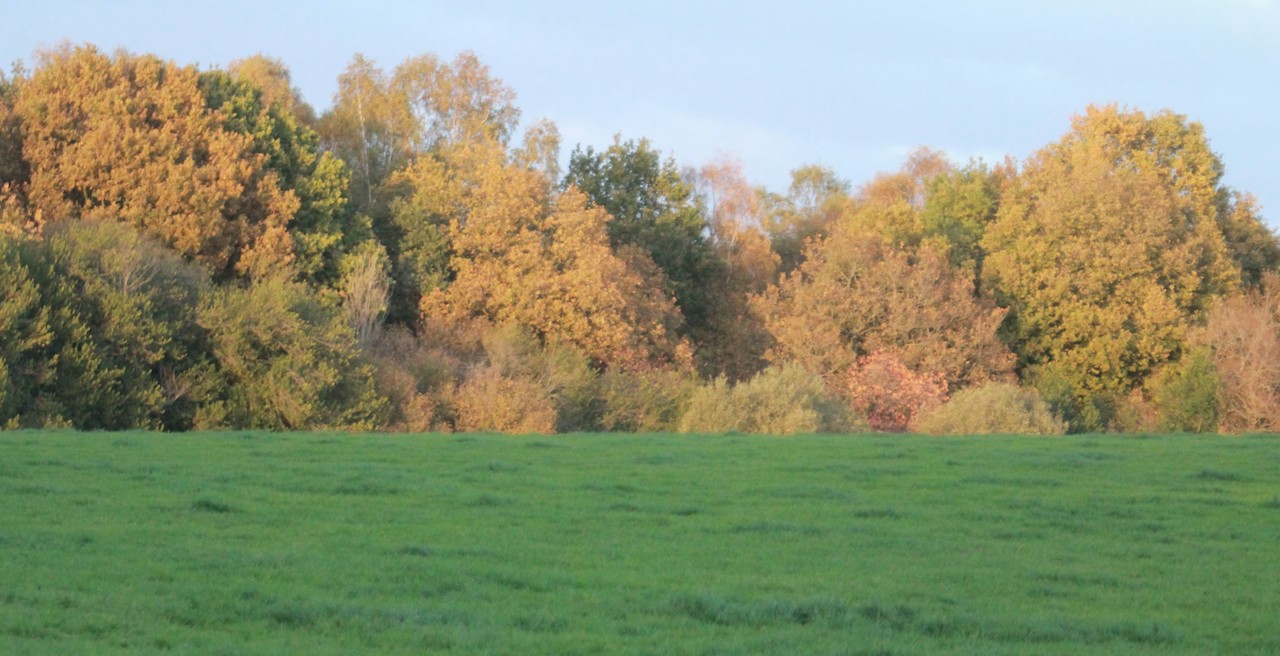
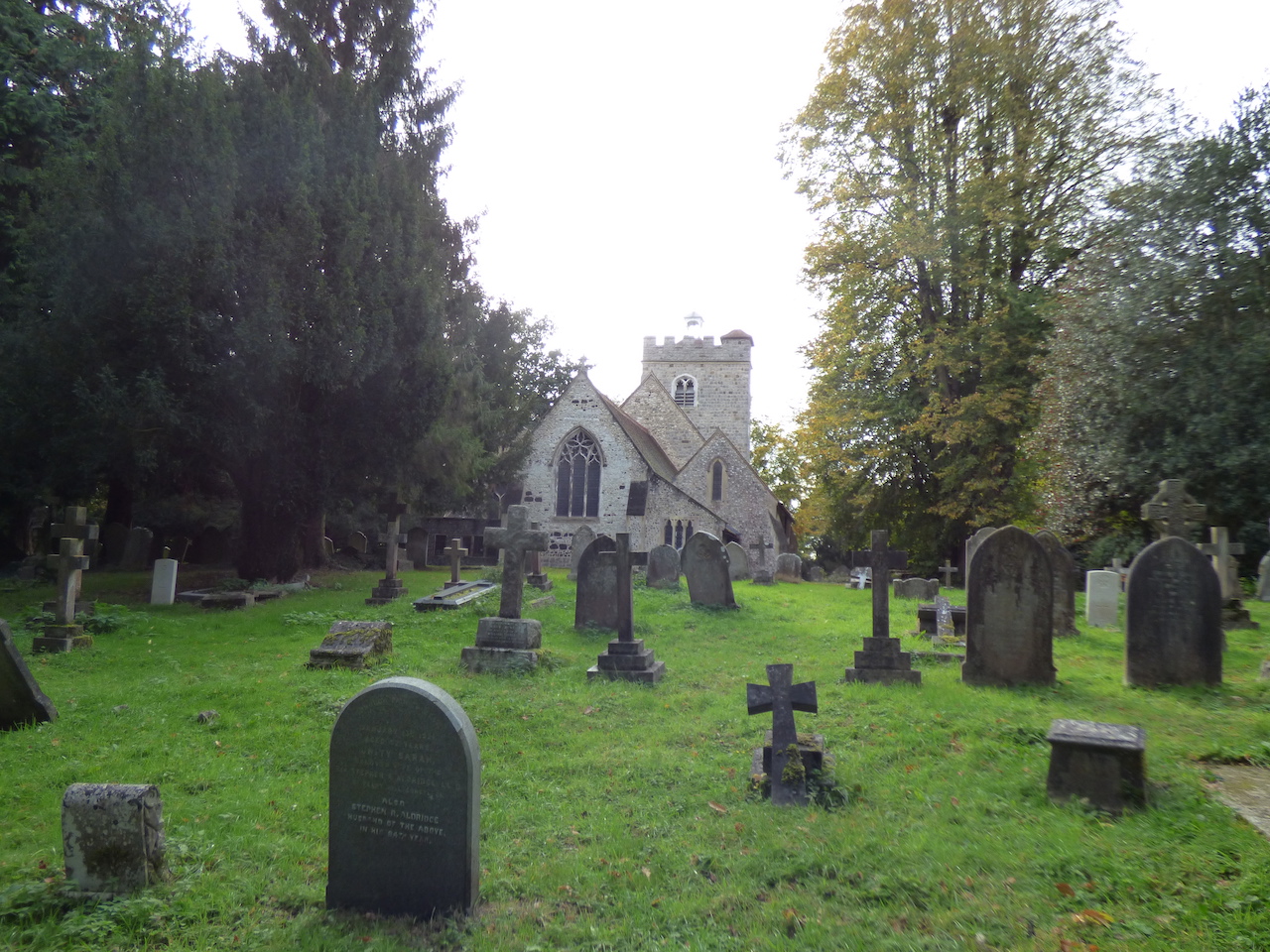
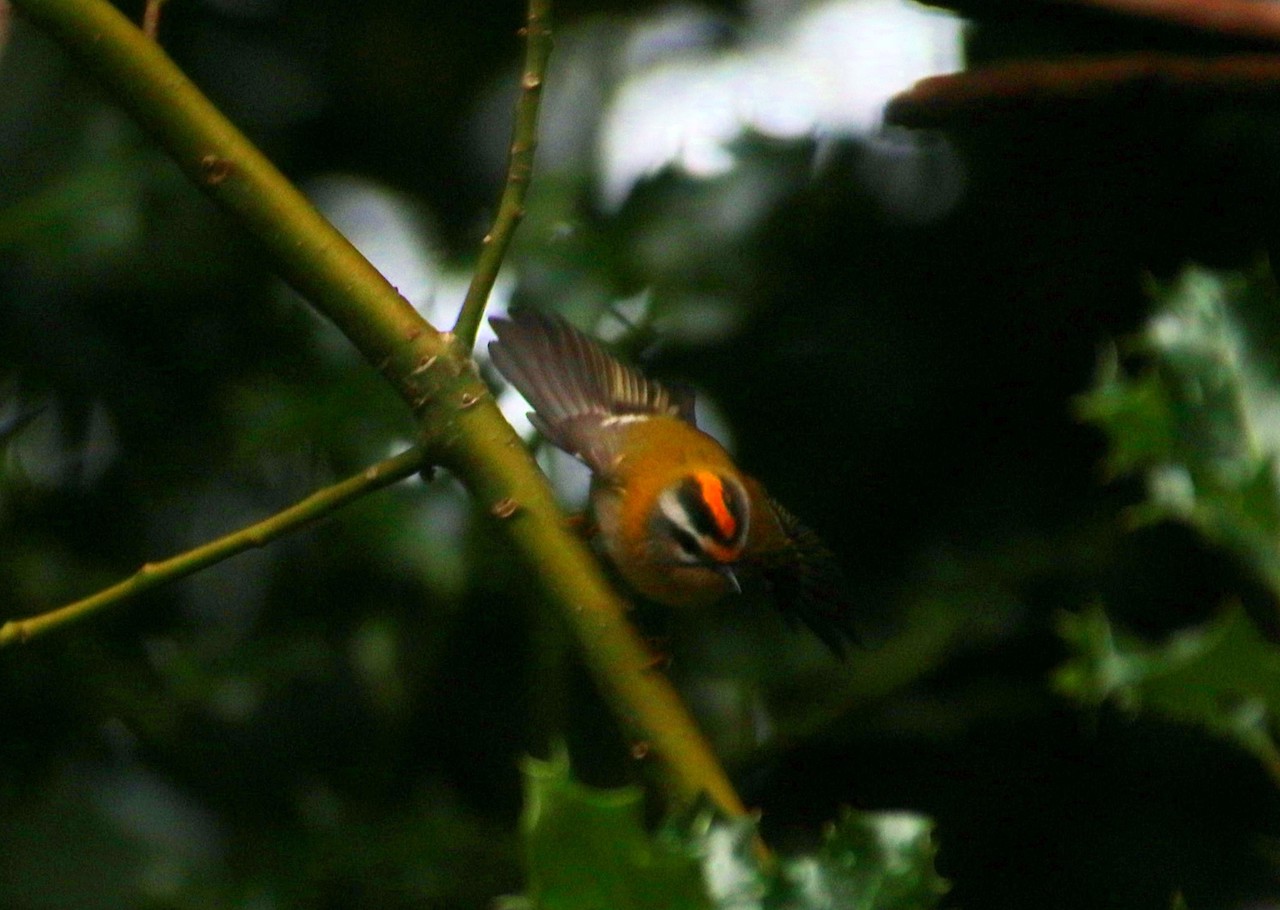
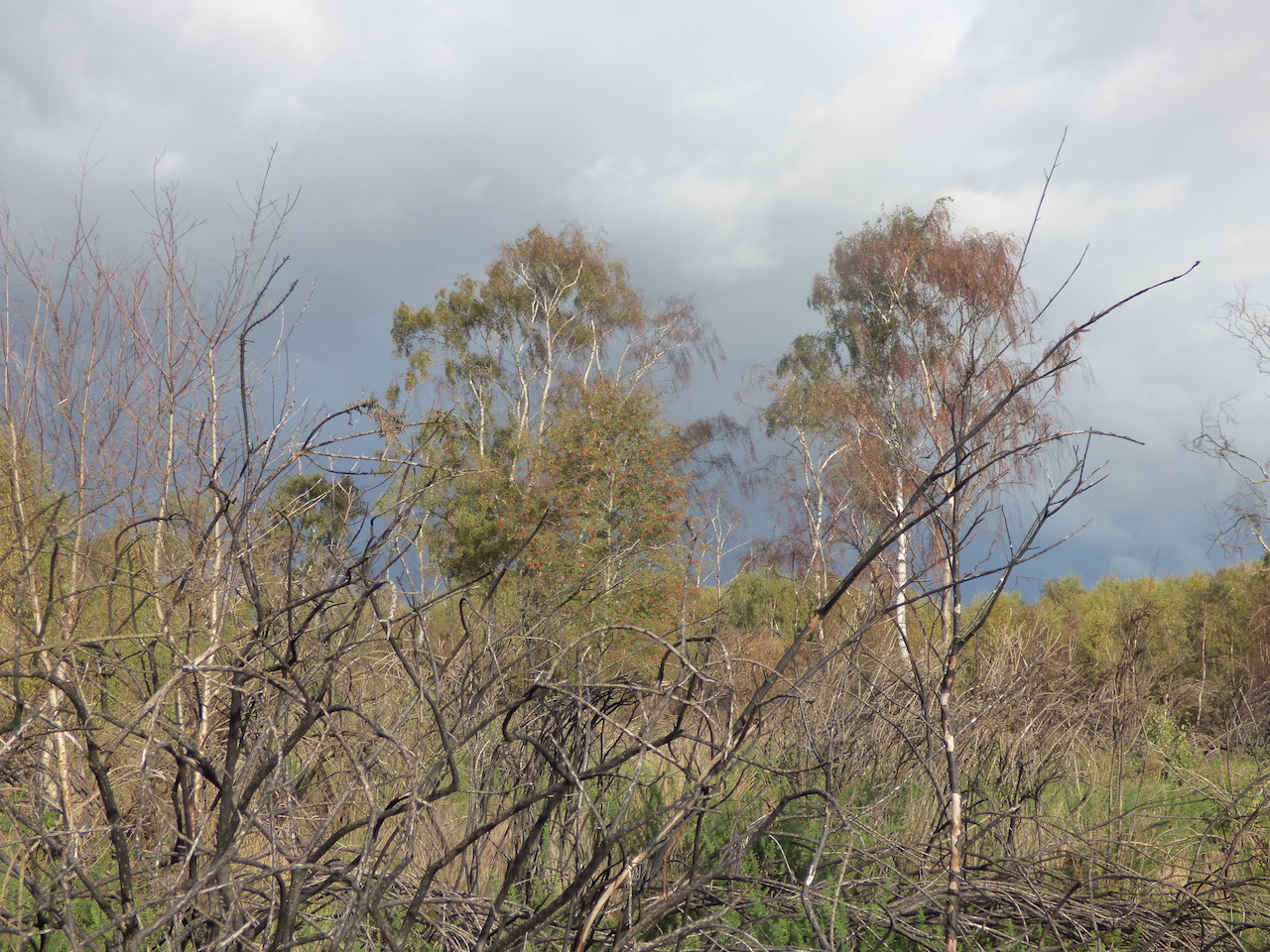
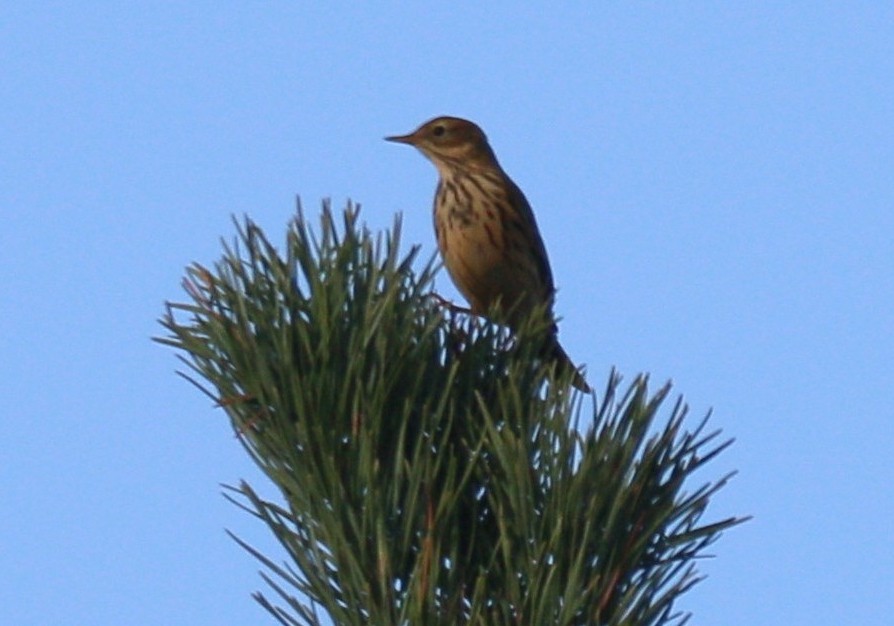

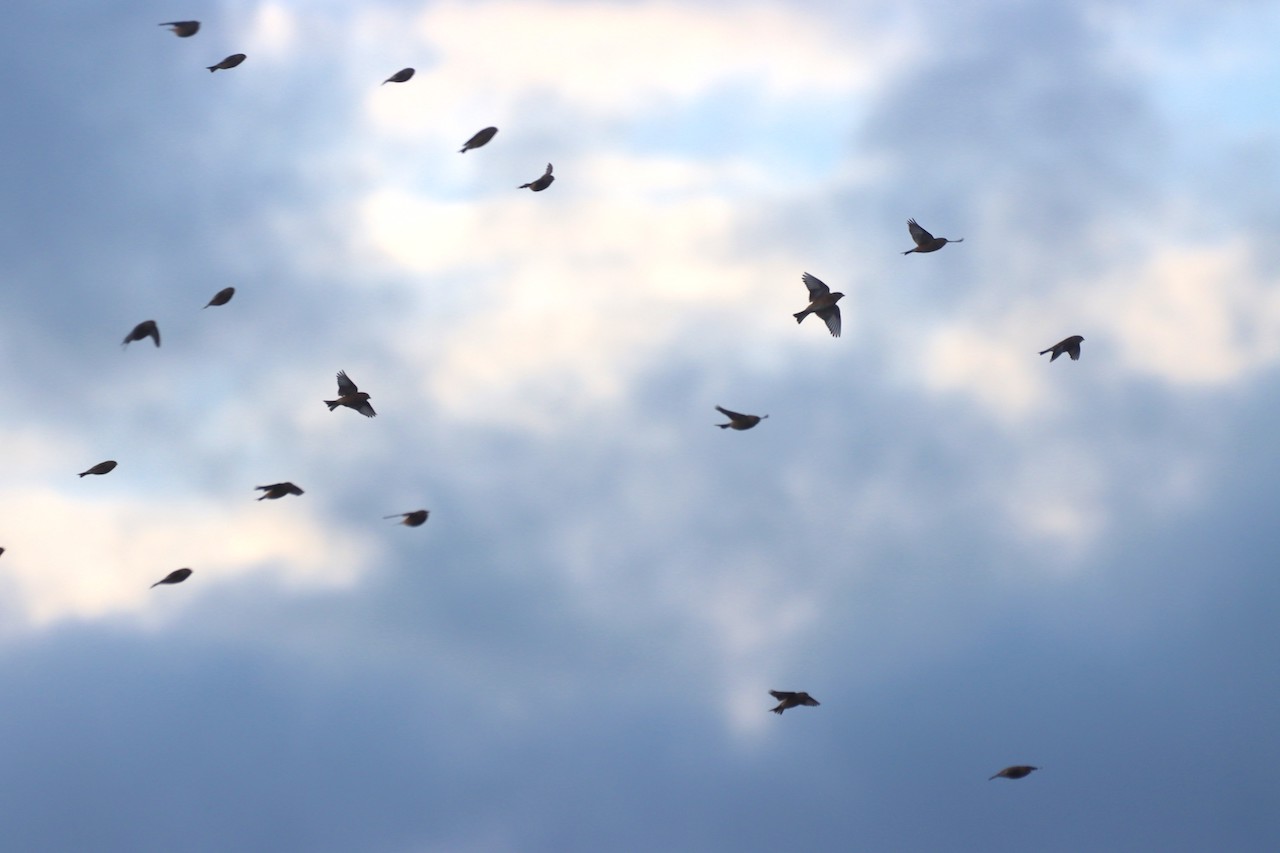
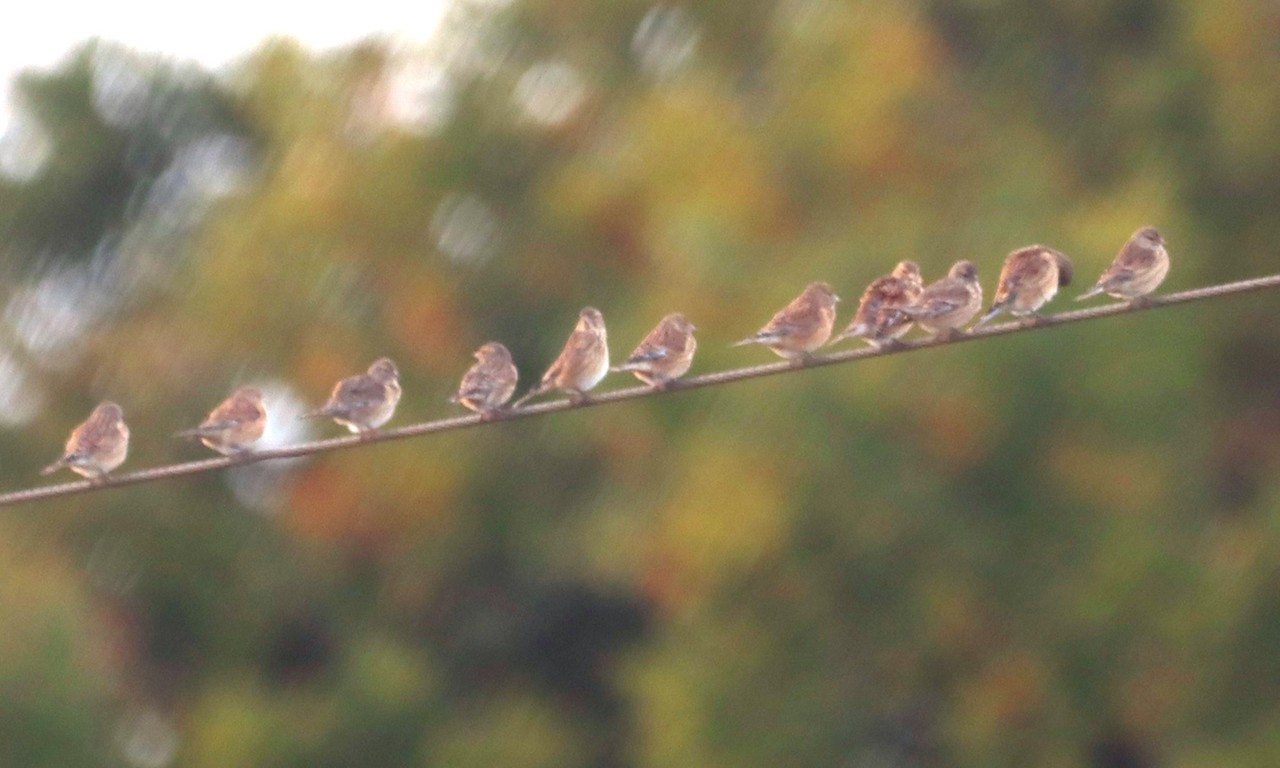
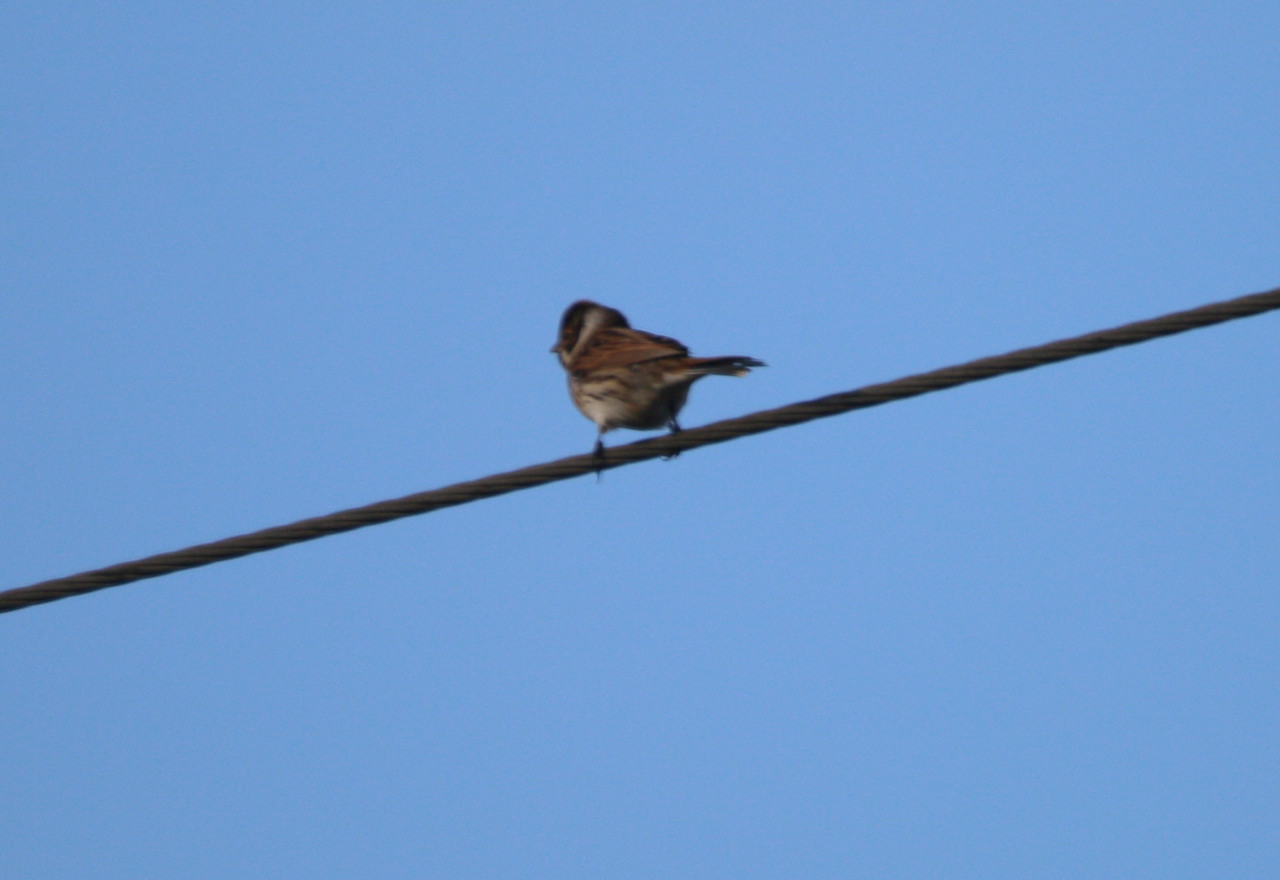

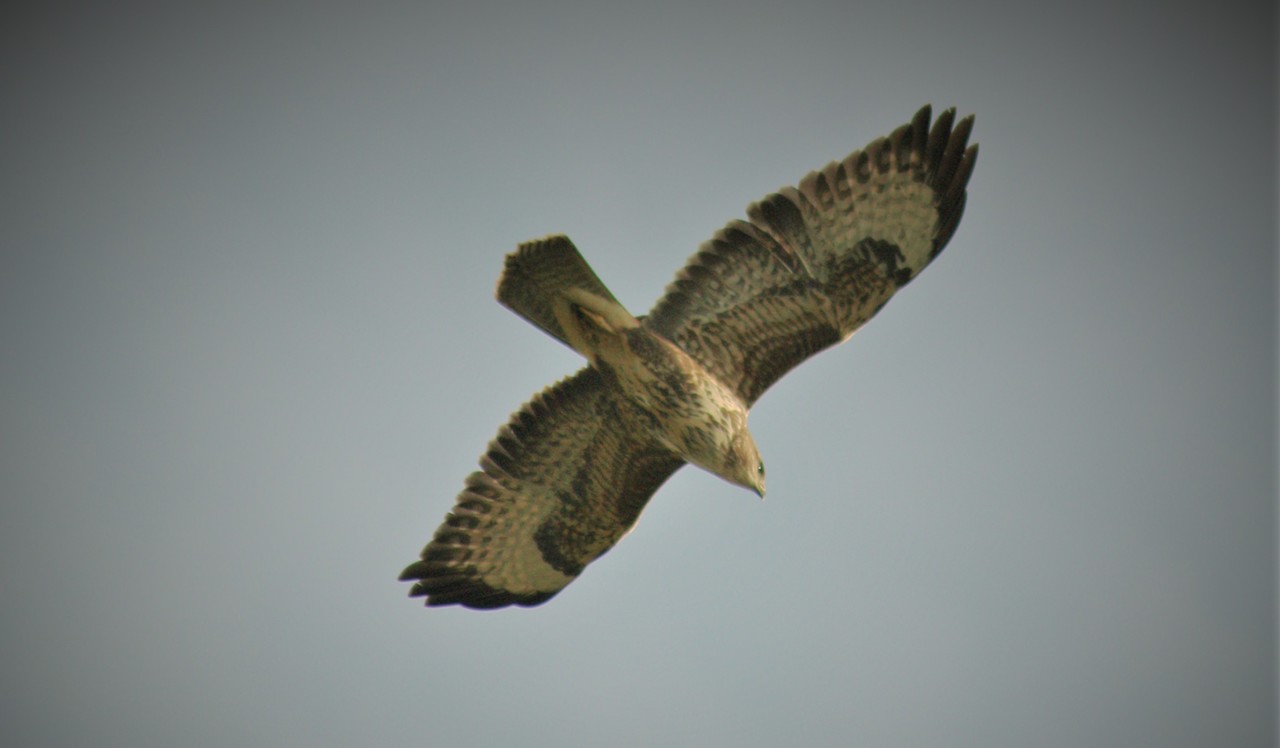
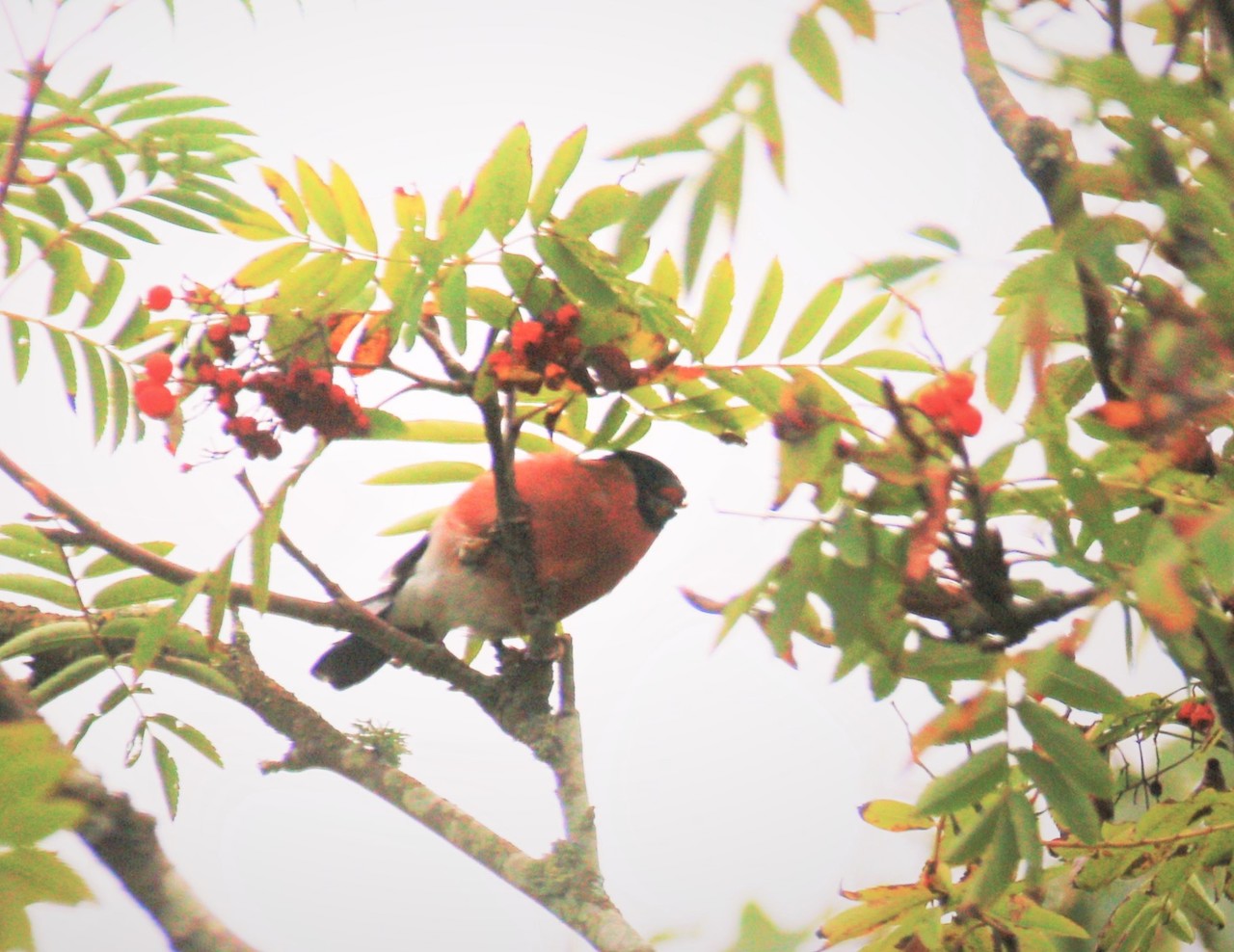
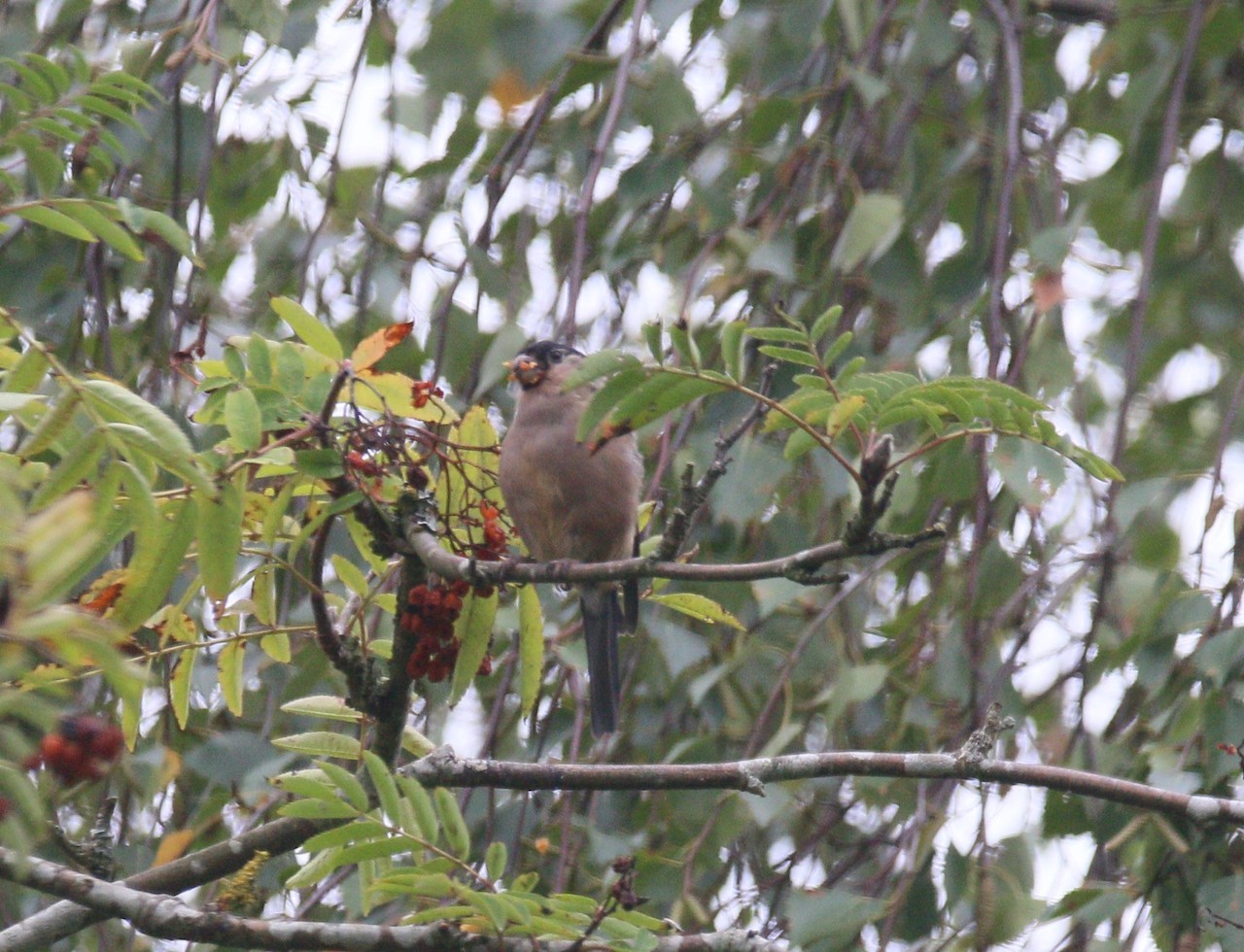
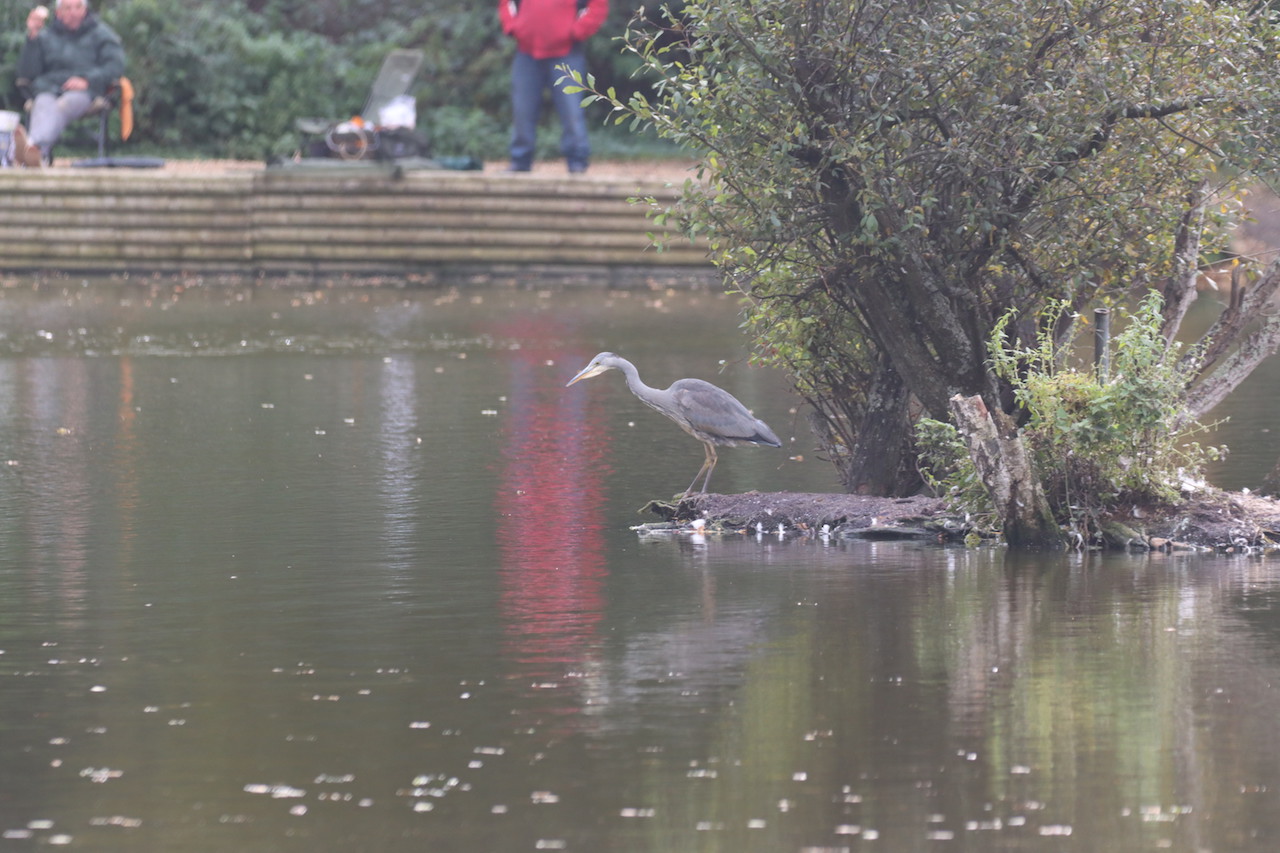

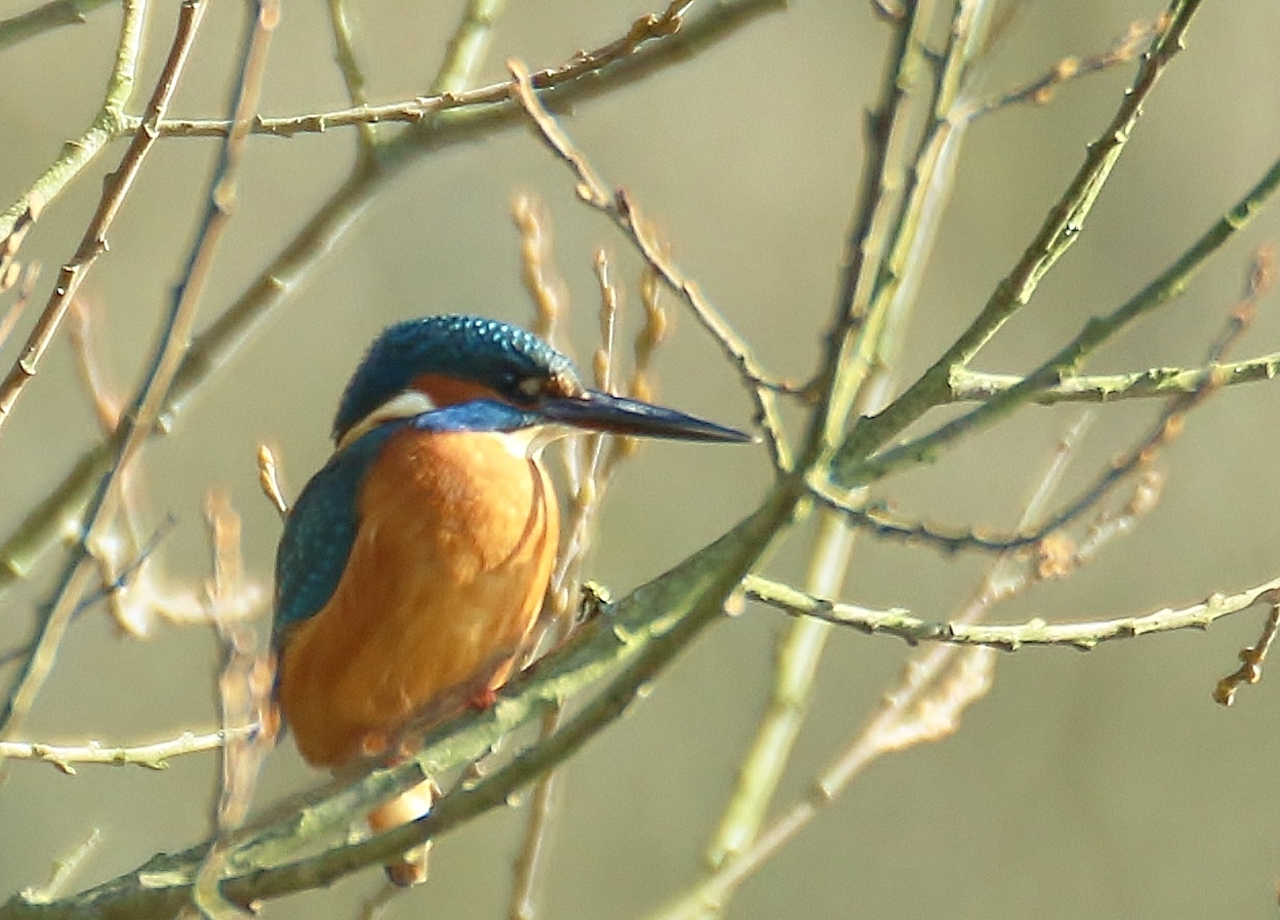
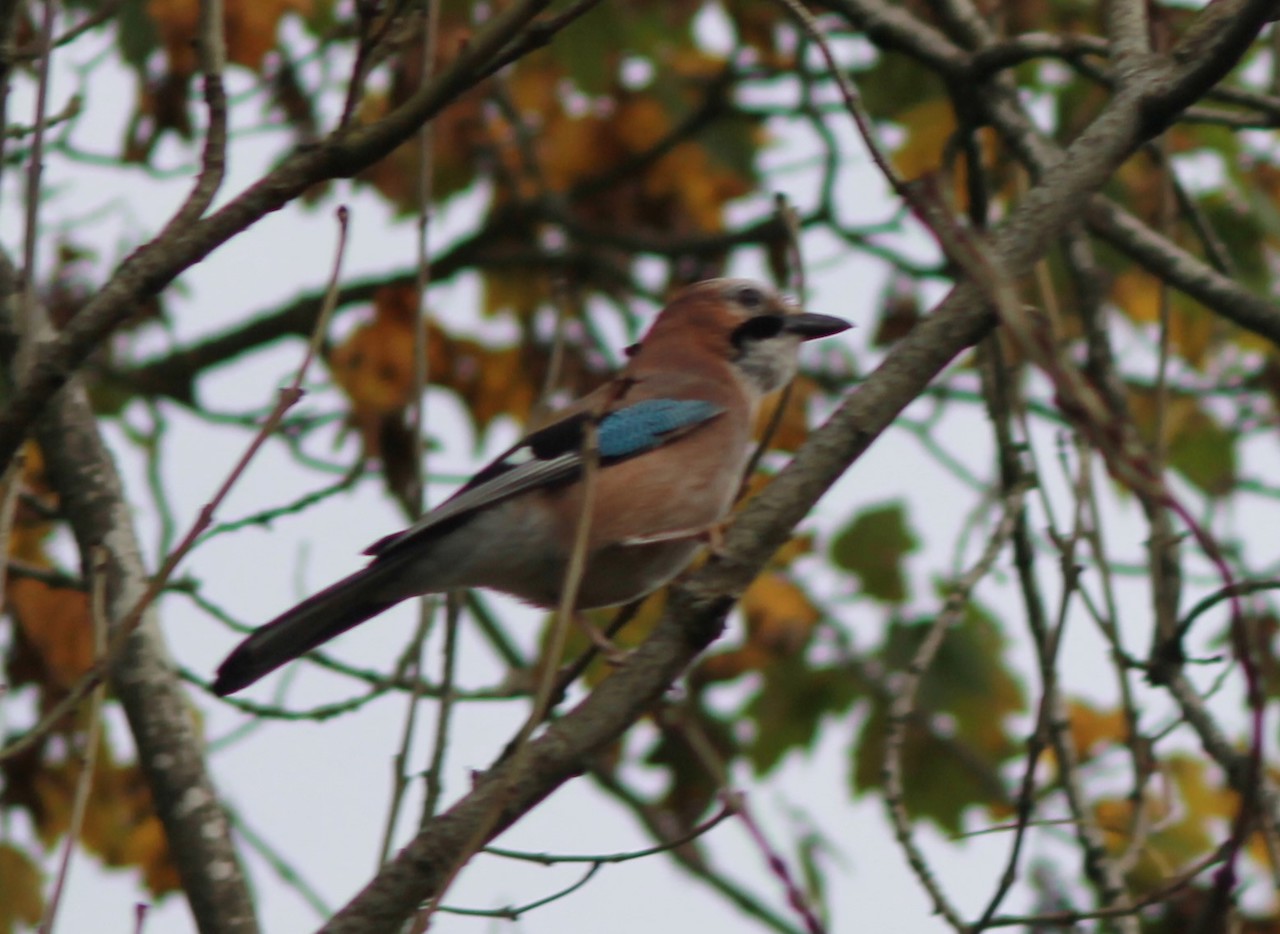
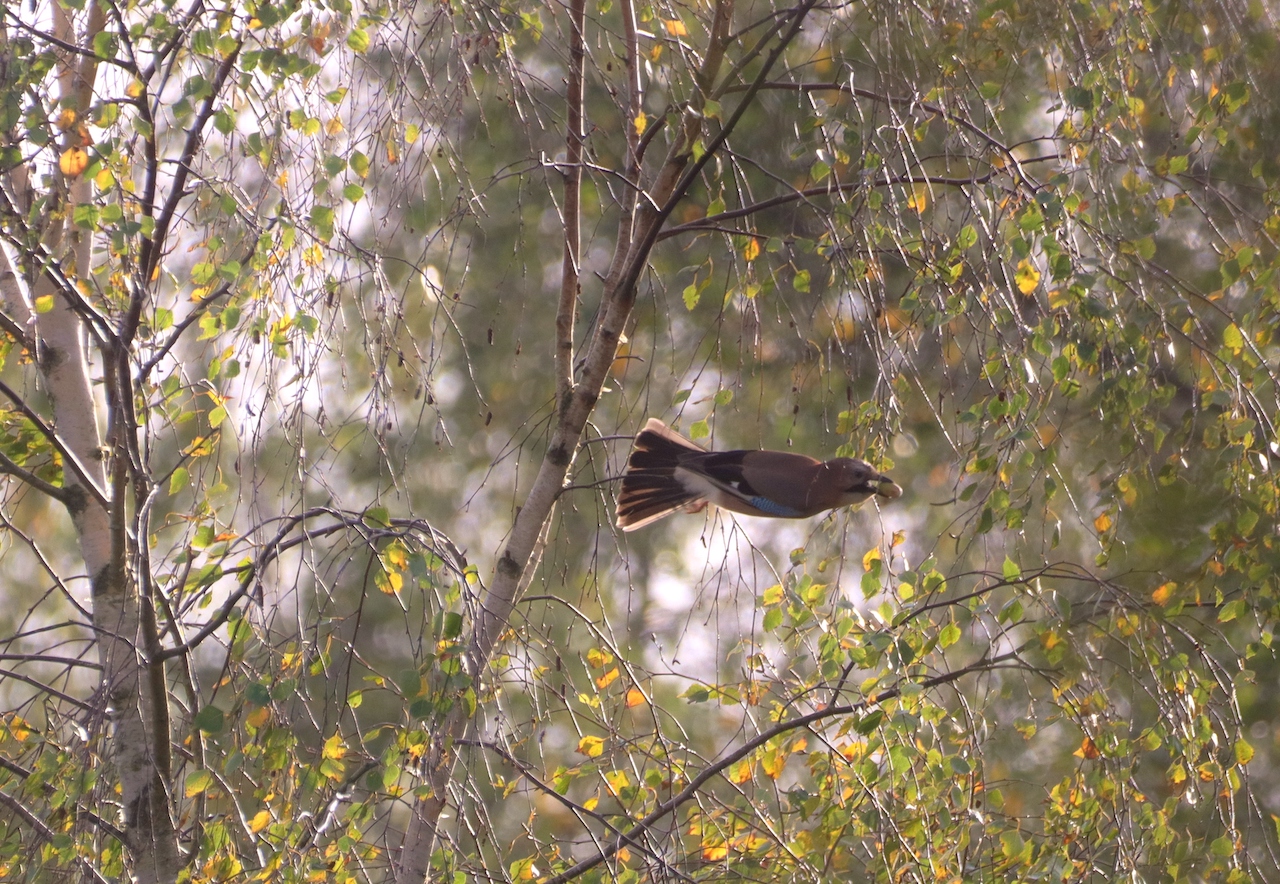

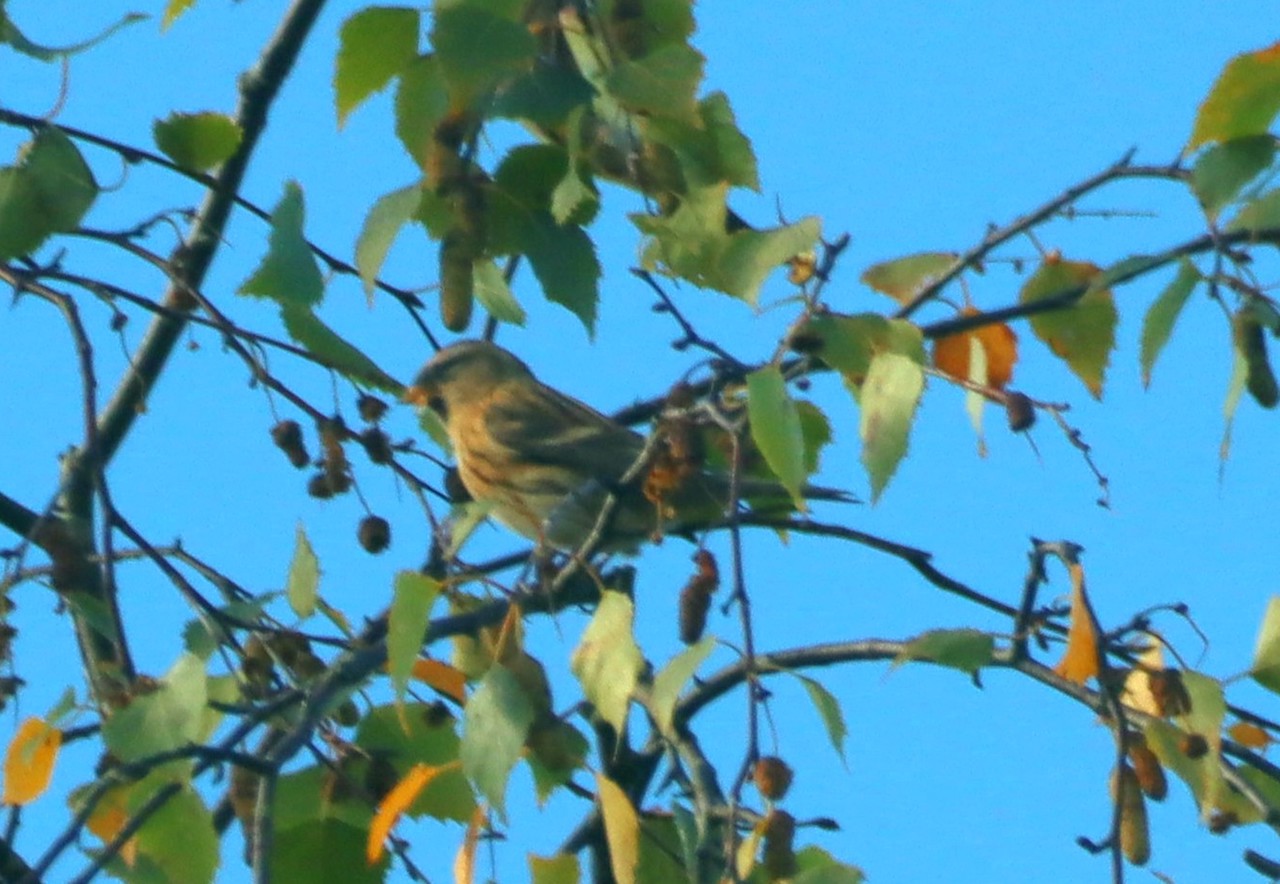

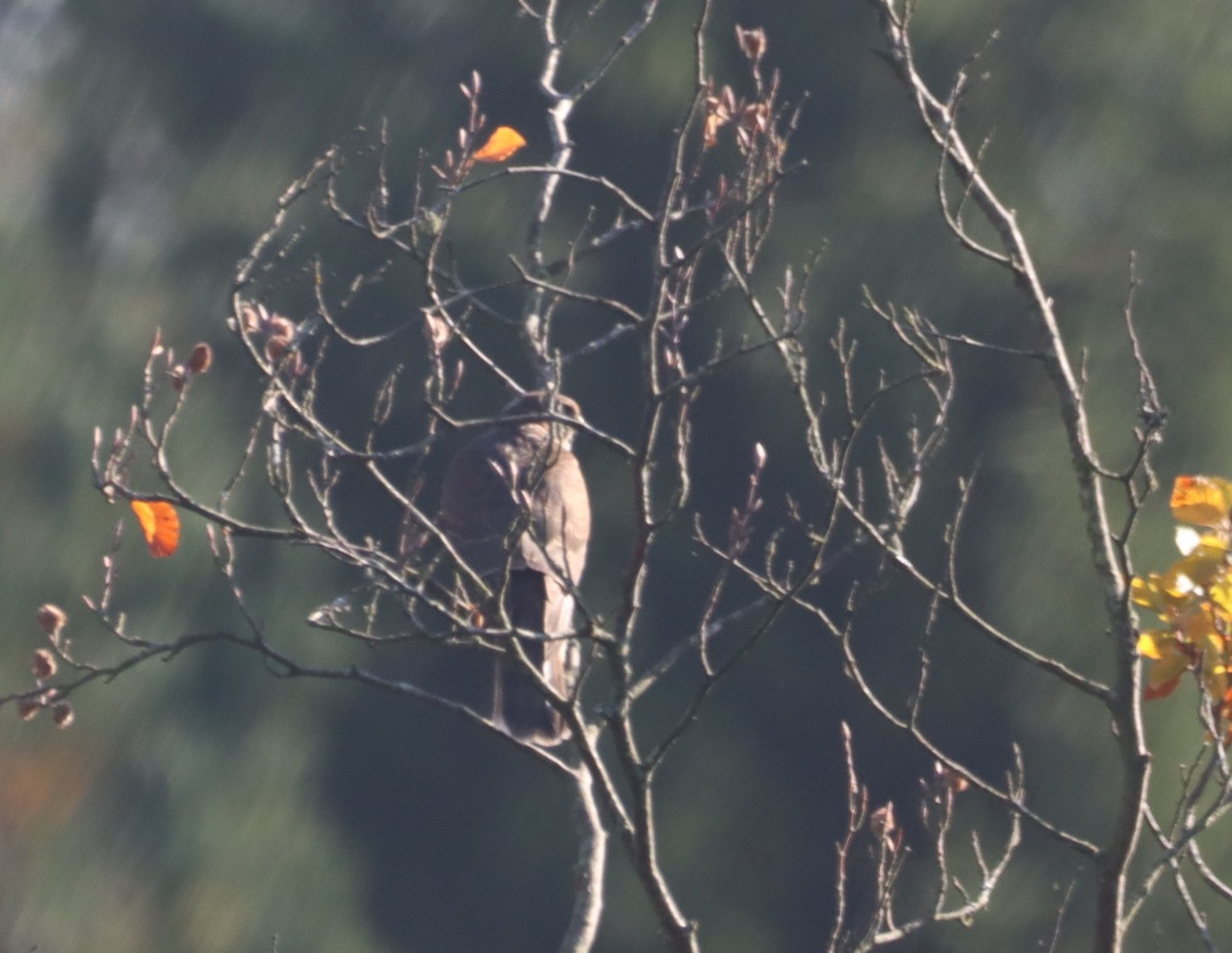
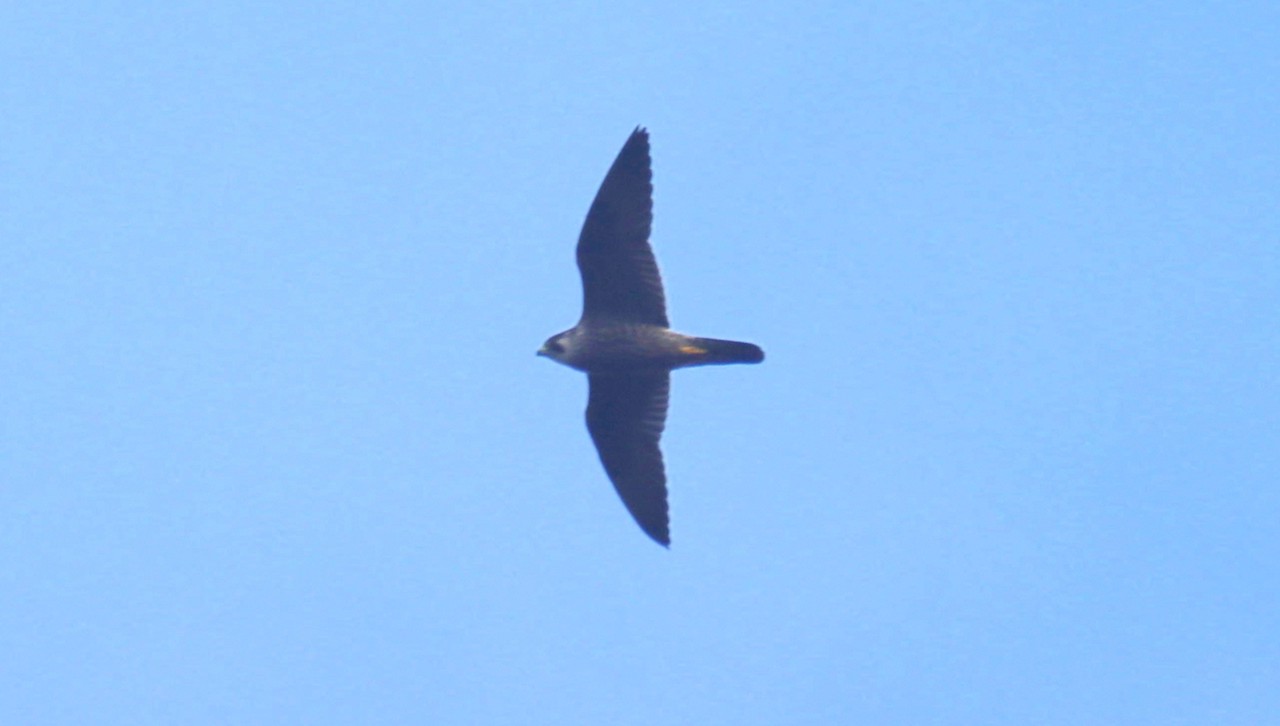
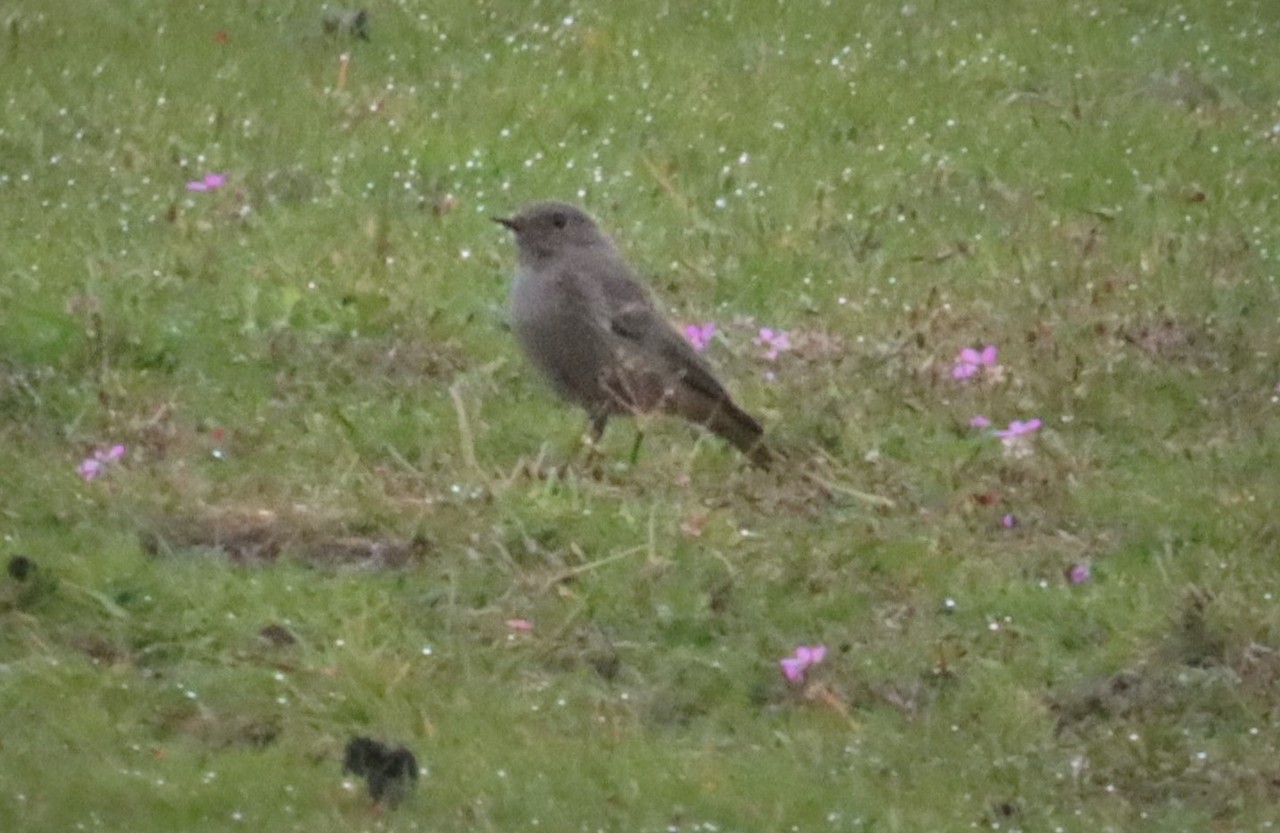



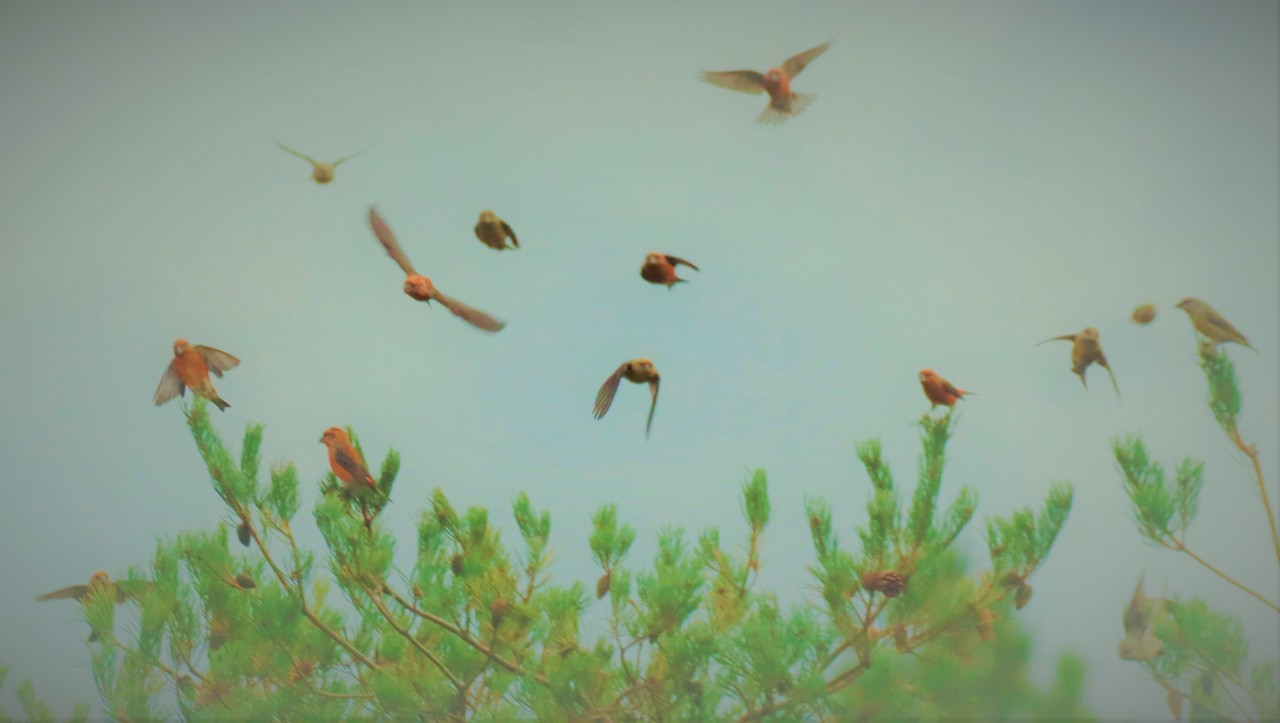

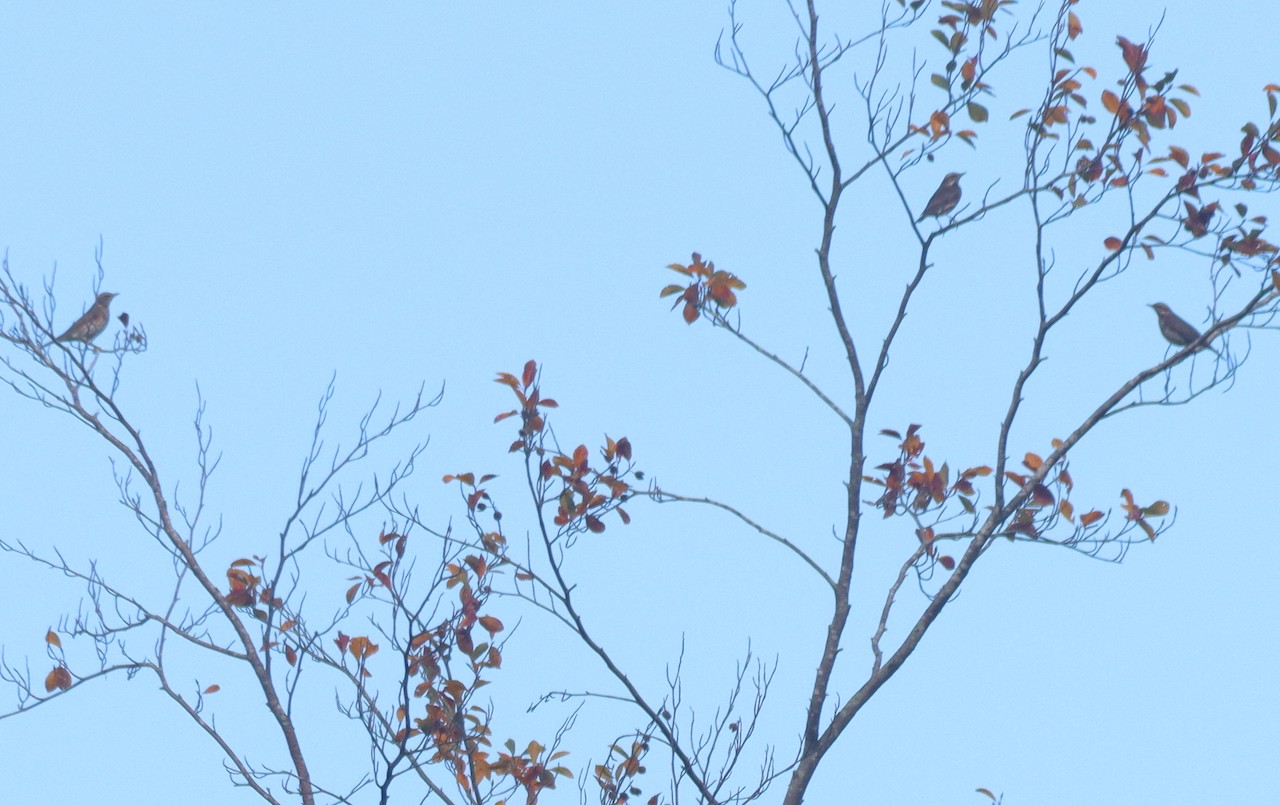
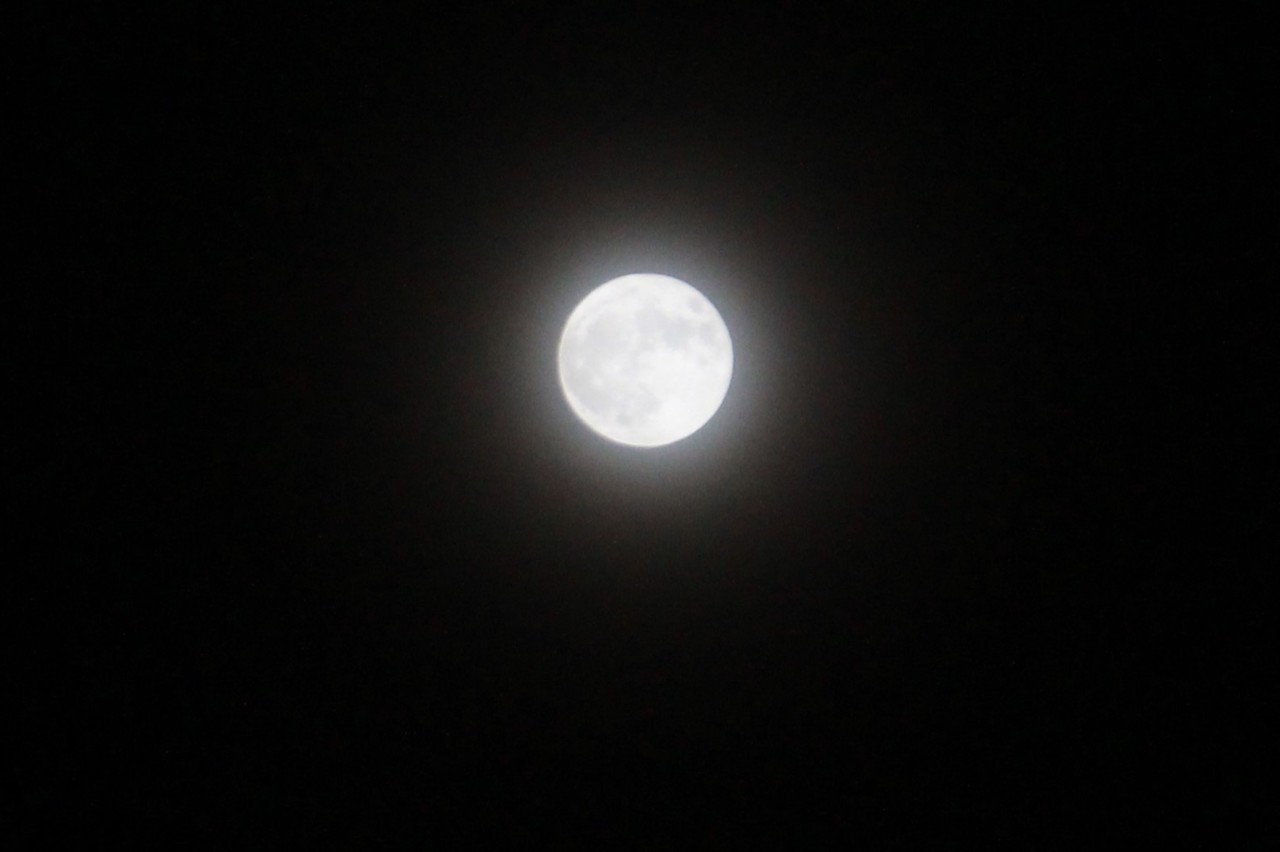






Jan Messinger
November 8, 2020 at 10:24 pm
Fantastic photographs as always. So wonderful to see what’s in Worplesdon and particularly Whitmoor common.
We are so lucky. Let’s hope we don’t spoil what we have on our doorstep.
Alan Diver
November 9, 2020 at 2:16 pm
Thank you Malcolm Fincham. I enjoyed your lovely pictures and comments.
Ellen Portess
November 9, 2020 at 7:13 pm
Wonderful photos, thank you.
Roland Dunster
November 14, 2020 at 6:03 pm
As ever, superb photos accompanied by evocative and informative writing.
The mystery of blackbirds with black beaks, which I’d recently seen at the Riverside Nature Reserve, also solved!
Many thanks Malcolm and please keep up the inspirational and educational work.